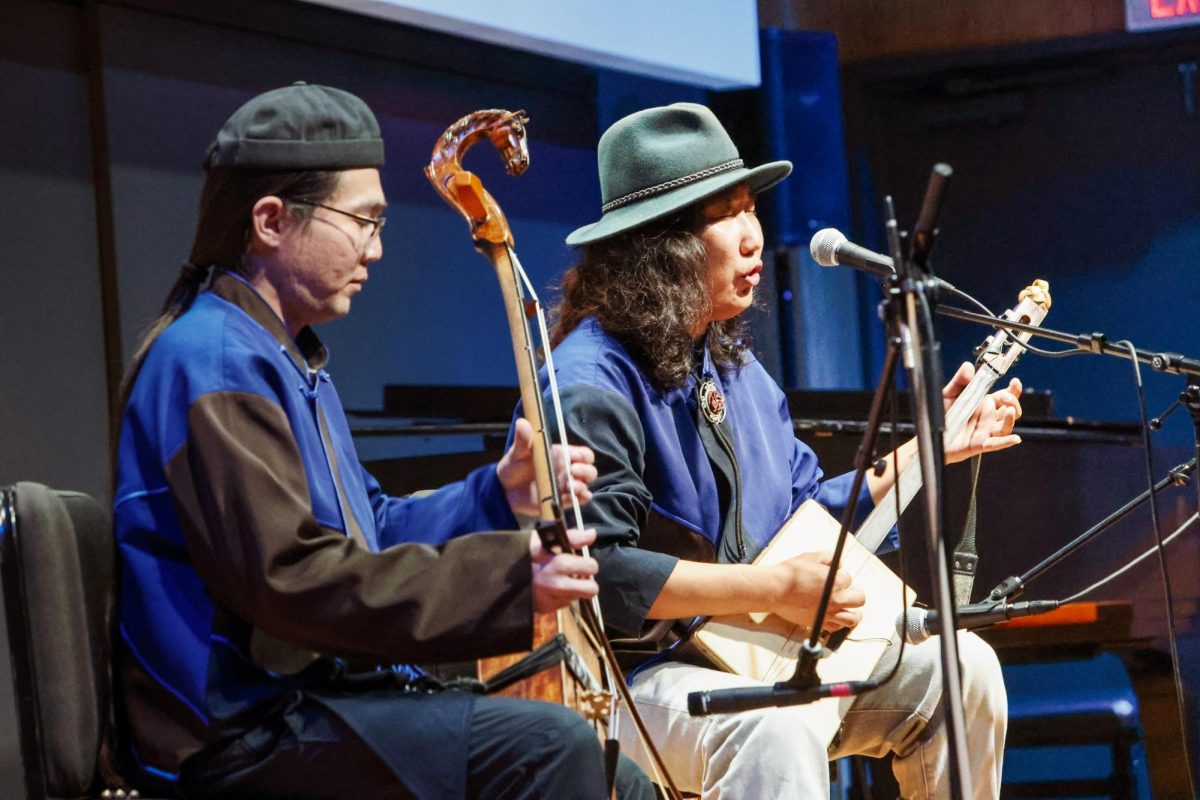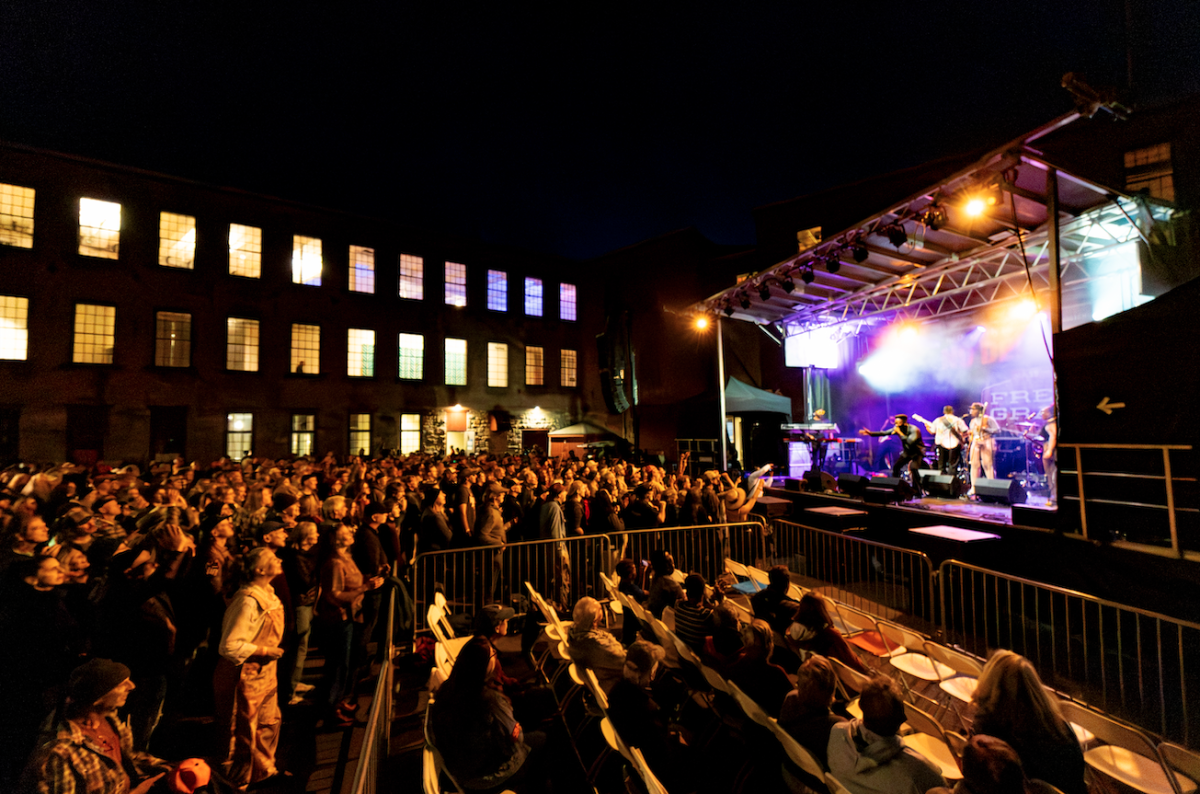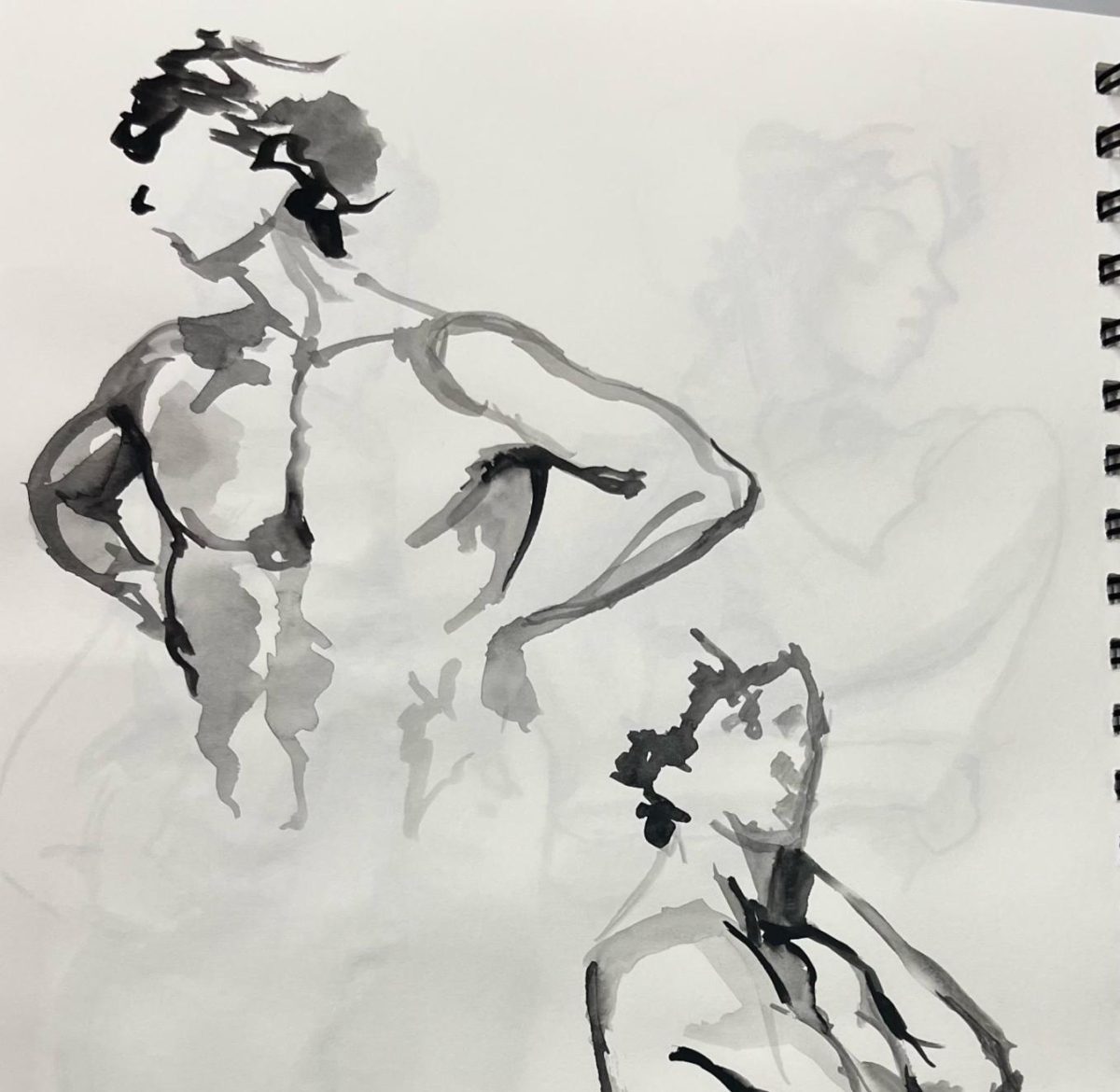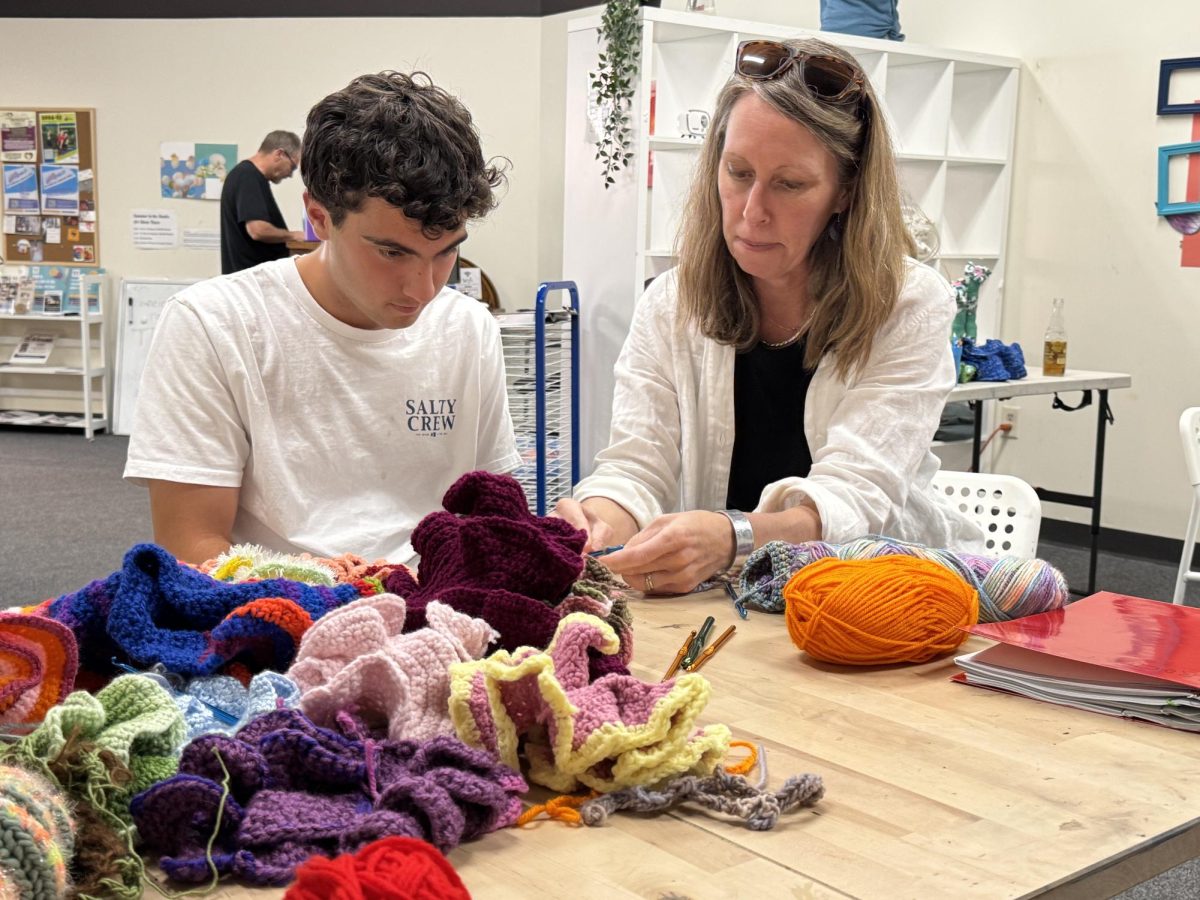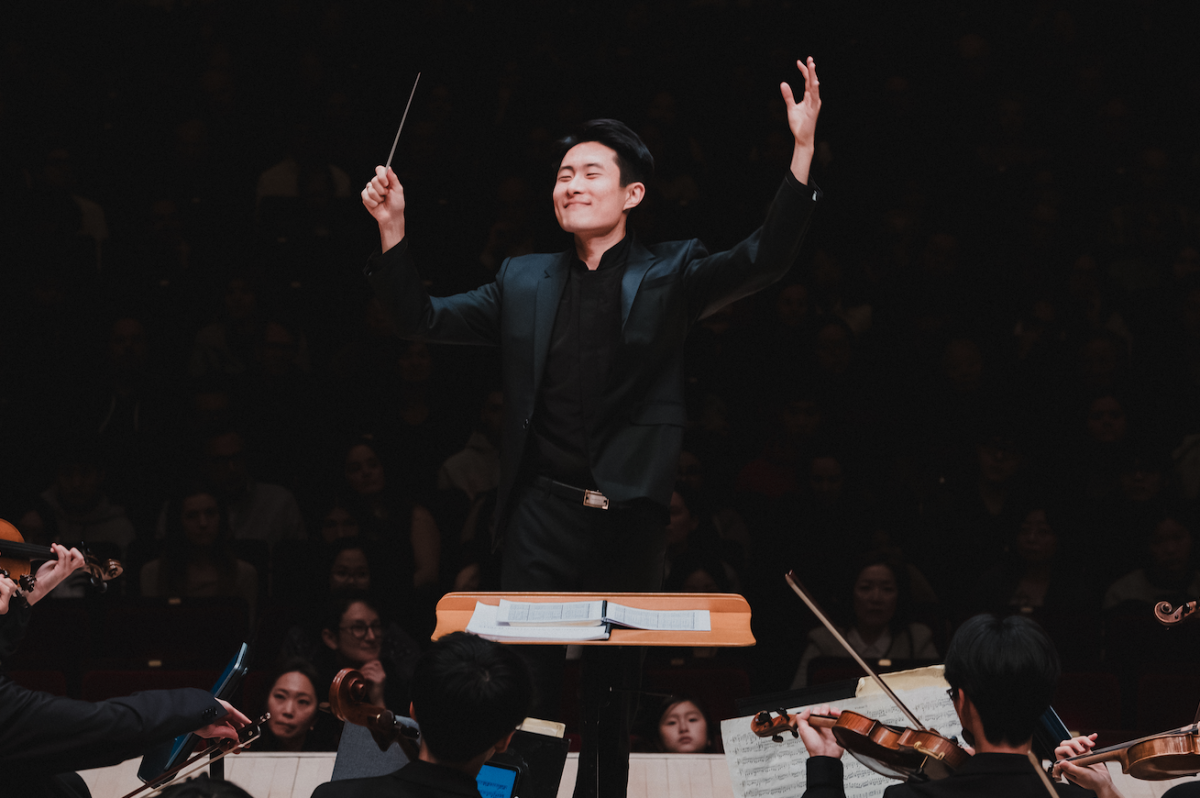
It was a murder execution set to the Bee Gees — sort of. As I peered at Roman Republic founder Lucius Junius Brutus watching his son’s head brandished in front of the Forum, frozen in oil, the muffled melody of the ’70s pop band’s “More Than A Woman” crept from an event in the Clark’s lobby into the room holding one of the museum’s latest exhibitions: a retrospective on French Neoclassical painter Guillaume Lethière.
Co-organized with the Louvre, the exhibition features both Lethière’s work and that of a number of his contemporaries. I spent the afternoon ambling through the exhibition during its final days at the Clark before it closes on Oct. 14.
The first stop on the winding tour of Lethière’s career frames his identity within the context of late 18th-century France. A plaque outlines his biography, including his birth in Sainte-Anne, Guadeloupe, a small coastal town in the French West Indies, and the identity of his parents: a white plantation owner and an enslaved woman of mixed race. At 14, Lethière moved to France with his father, where he began studying drawing and painting, the humble origins of a highly successful career in the arts. Immediately behind the plaque, two colonial-era maps of the island of Guadeloupe present visitors with a sense of the island during Lethière’s early life.
When I spoke to Curatorial Assistant Sojeong Lim, she emphasized the importance of highlighting geography. One of the maps was produced the year before Lethière’s birth, she said, and marks the location of three plantations on the island, telling its economic history.
Moving to the next room, I walked through the crowd of weekend museum-goers to find a collection of Lethière’s early works: chalk and graphite studies of the male figure, Augustus sparing Metellus in black and white, and Lethière’s first submission for the Prix de Rome. The final work, a depiction of the Biblical Woman of Canaan, was also submitted to the Académie de France in Rome, where Lethière was appointed director thanks to the influence of Lucien Bonaparte, the advisor and younger brother of the Emperor Napoleon.
A few pieces later, I found the murder — the painting Brutus Condemning His Sons to Death. I happened upon it while music from the movie Saturday Night Fever drifted in from an event in the museum’s lobby. Initially, I found the music slightly distracting, and I kept shuffling around in front of the painting, attempting to block out the trickles of disco. Unexpectedly, however, I came to appreciate the interruption of the music.
The work would not strike the contemporary viewer as particularly subversive, but as the plaque by its side notes, the brandished severed head and limp corpse in the foreground caused quite the stir in the Paris of Lethière’s day.
Uncanny in its resemblance to the revolutionary executions of the Bourbon monarchs, many an early viewer was at best distracted by the gore and at worst offended. Granted, the Bee Gees usually don’t offend me, but, circuitously, the distraction they offered prevented me from engaging with the piece in full, just as the headless son of Brutus did two and some centuries ago. I was almost seeing the piece more authentically, trying to push past a nagging detail.
As I moved away from the first set of historical works — walking past Lethière’s rendition of William Tell, Benjamin Franklin, and Jean-Jaques Rousseau as Roman heroes in profile — I turned the corner to see an imposing rendition of Joséphine Bonaparte. Lethière, a favorite of Lucien Bonaparte, was selected by France’s legislative body to paint the empress. While it has the elements of other Napoleonic-era works — the most obvious of which is the “N” engraved on Joséphine’s throne — the eyes staring out of the frame have much less of the intensity so common in her husband’s portraits. Lim, caveating that it’s up for interpretation, pushed back on my take that the portrait seemed less imperial. “It’s a commission by Napoleon,” she said. “Joséphine is seen wearing the dress that she wore to coronation and the painting is very sumptuous.” In conjunction with style, she also noted that it’s redolent with Napoleon’s initials. “I would say that it actually speaks to this image of empire,” she said.
Ironically, while I had been pondering this, a museum-goer in an orange sweater wisecracked about the portraits. “I feel like I’m at a [Jacques-Louis] David lookalike competition,” he said. I giggled at the comment, which I found witty, even if it did reveal that he hadn’t read too many of the plaques in the exhibit. The comment also raised the question of what exactly set Lethière apart from his more famous contemporary. After all, David is often rightfully seen as the preeminent historical painter in Revolutionary and Napoleonic France. When I spoke to Lim, she put things in perspective.
Lethière was very successful in the Parisian art scene, so stylistically the resemblance to David makes sense, Lim said. “But at the same time, what is so fascinating is that his life story is so extraordinary. To be from Guadeloupe and to continue having this sustained relationship with the Caribbean circle of his time, and the central role he played within not just artistic but also cultural circles in Paris of Caribbean figures, was pretty exceptional,” she said.
“His relationship with people is super fascinating, whether that is his relationship with people from the Caribbean, or people that he was students and friends with when he was a student at Académie de France in Rome, or the people in abolitionist circles,” Lim added. “No matter what type of situation he was in, he was very active and influential, and I think that’s an important part of his life story that we were trying to tell through both the works of exhibition design.”




